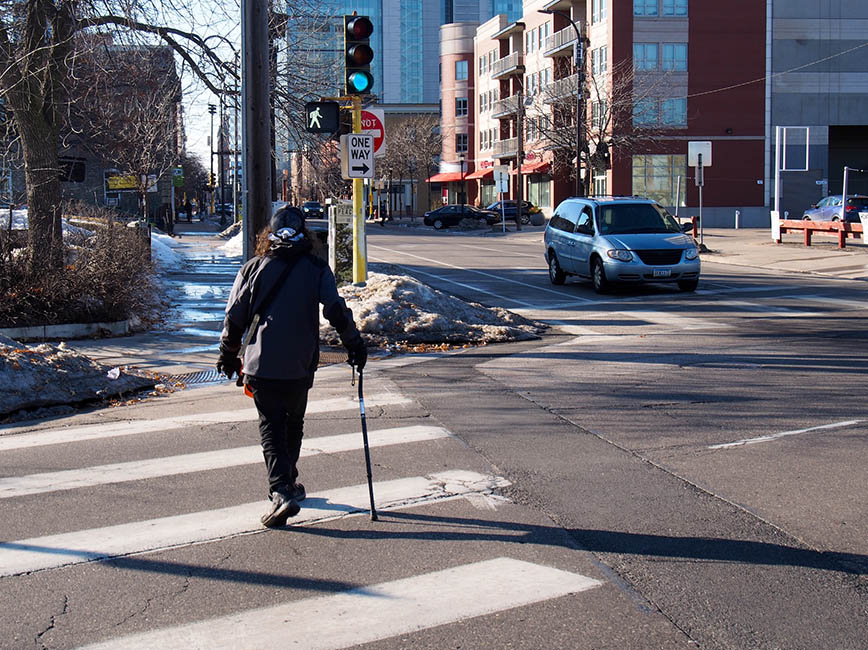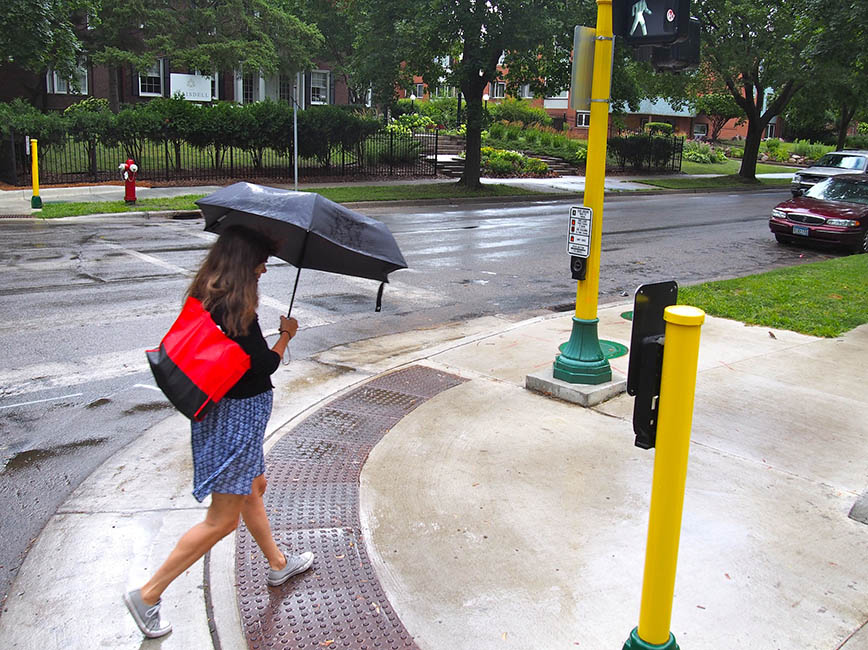ADA Transition Plan for Public Works
The Americans with Disabilities Act (ADA) Transition Plan for Public Works is a supporting plan to the City’s ADA Action Plan.
2024 Update to the ADA Transition Plan for Public Works
In 2024, Public Works updated the 2022 ADA Transition Plan. On April 25th, 2024, City Council adopted the 2024 Update to the ADA Transition Plan.
The updated ADA Transition Plan for Public Works:
- Furthers the City’s commitment to the ADA
- Addresses emerging demographic and population needs
- Supports and integrates with other planning efforts
Previous updates
- Since 2020, Public Works has updated its ADA Transition Plan twice—in 2022 and 2024.
- The ADA Transition Plan is updated on a regular basis to check progress and suggest plan updates.
- This is consistent with the City's Transportation Action Plan (TAP).
See the TAP Walking Action 5.7
Next update
ADA Transition Plans are intended to be living documents.
It is updated on a regular basis.
Maps showing progress
Our maps show the progress of ADA pedestrian ramp upgrades and the install of Accessible Pedestrian Signals.
Get ADA Transition Plan for Public Works updates
Sign up for email updates about the ADA Transition Plan for Public Works
Contact us
Ryan Ackerman
Associate Transportation Planner
Public Works
Phone
Address
Public Service Building
505 Fourth Ave. S., Room 220
Minneapolis, MN 55415



